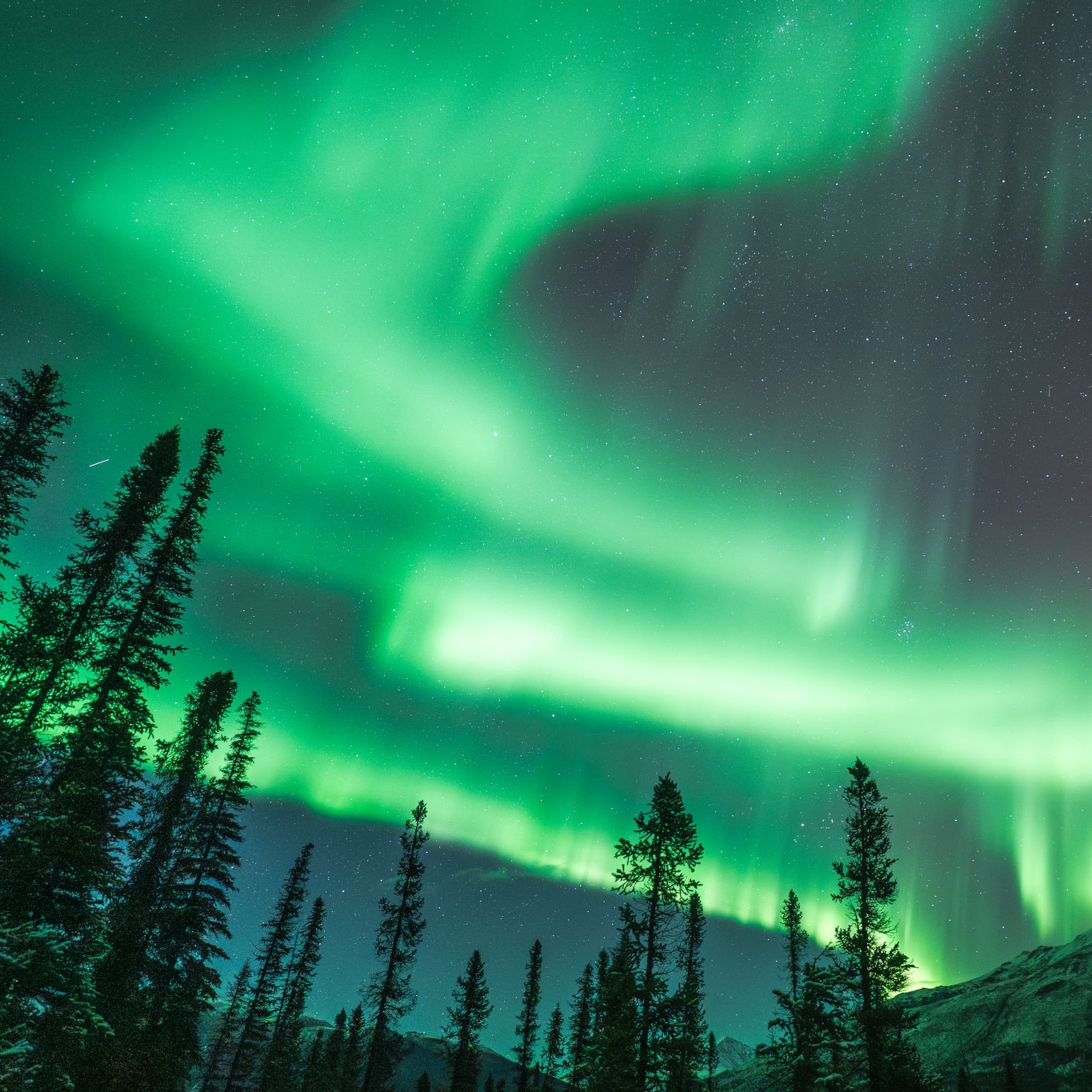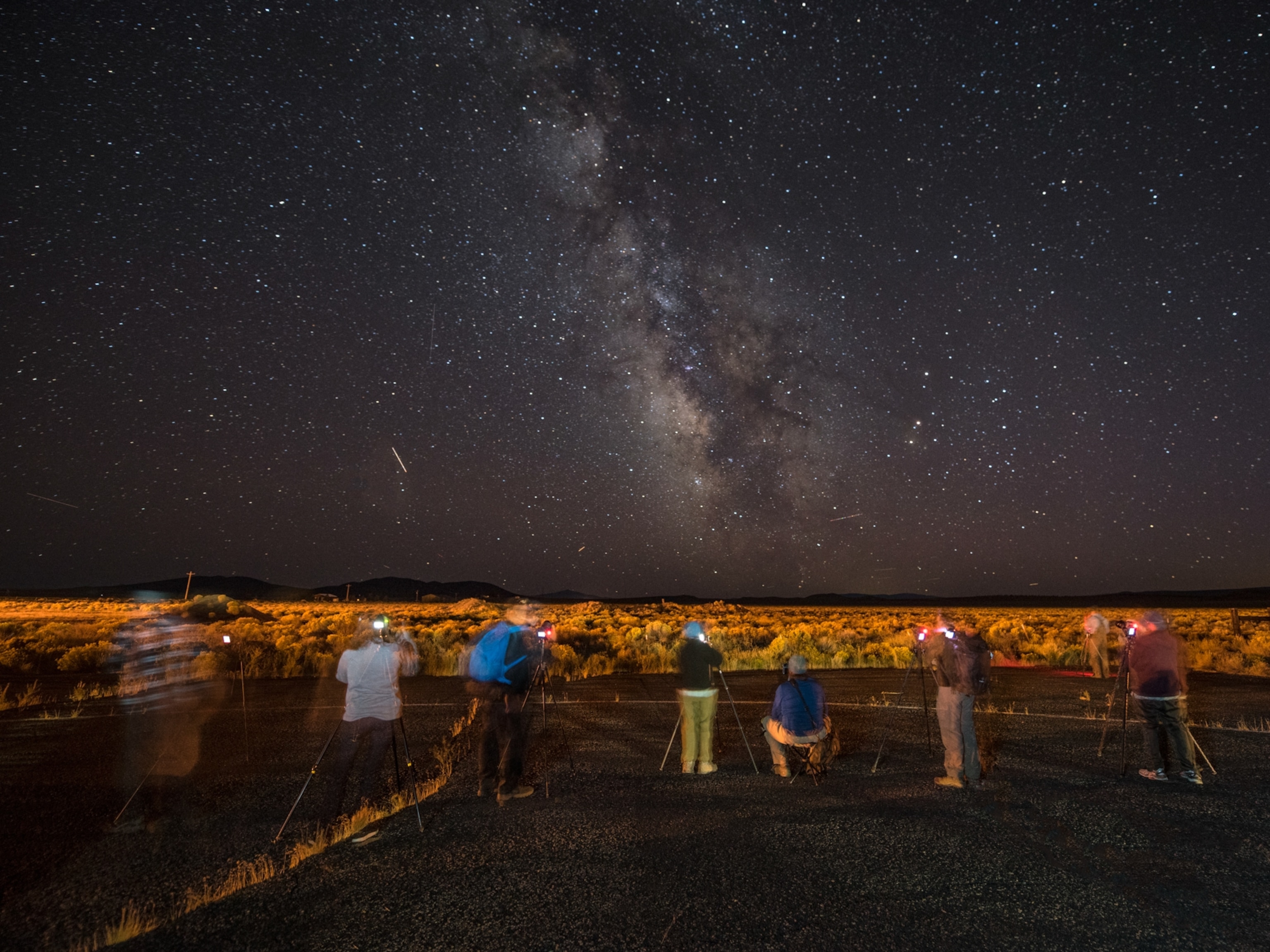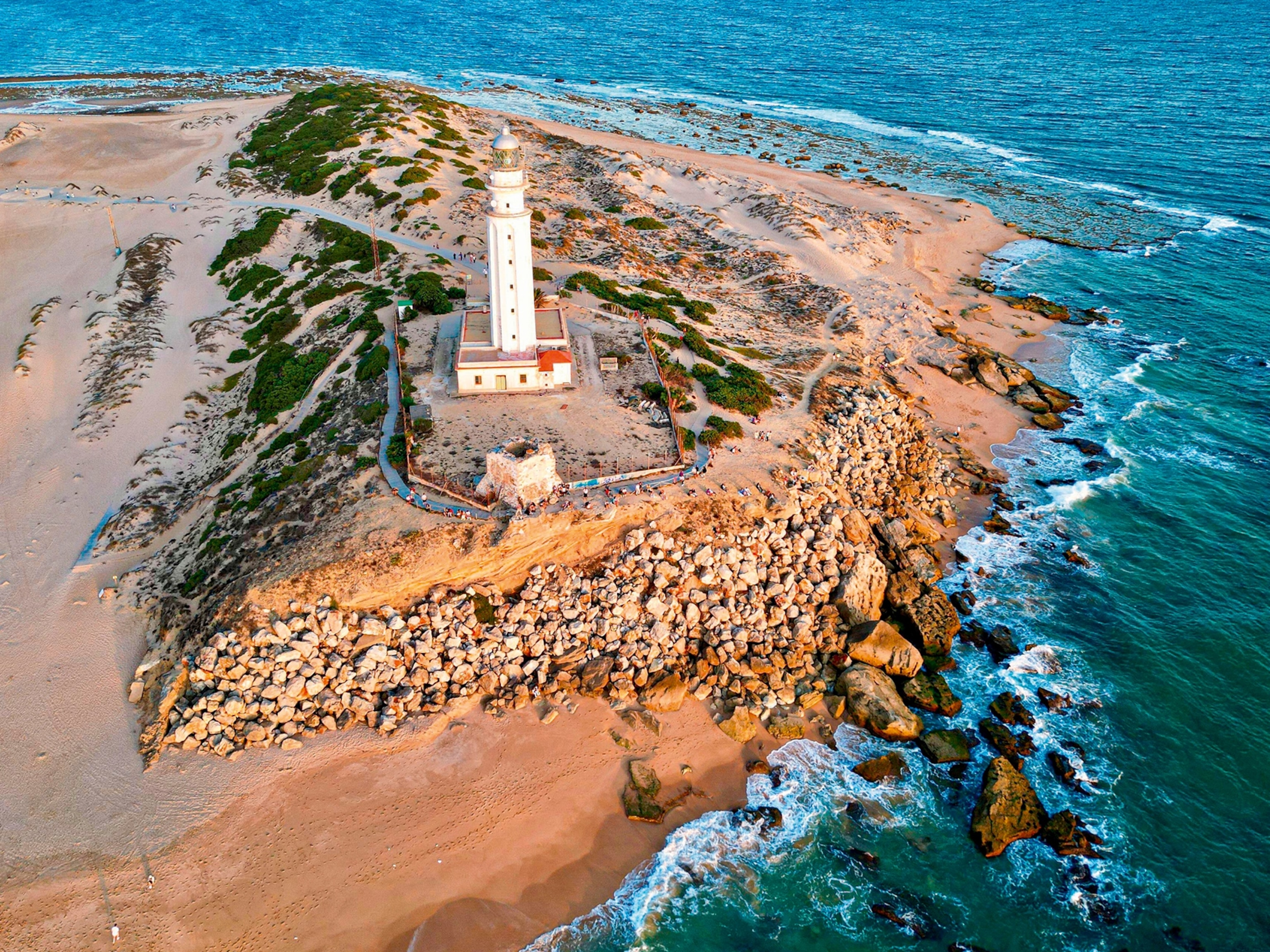This island is the best place for stargazing in Spain
Tenerife may be known for its beaches, but it’s the island’s stargazing that leaves the biggest impression, boasting some of the clearest skies in the world.
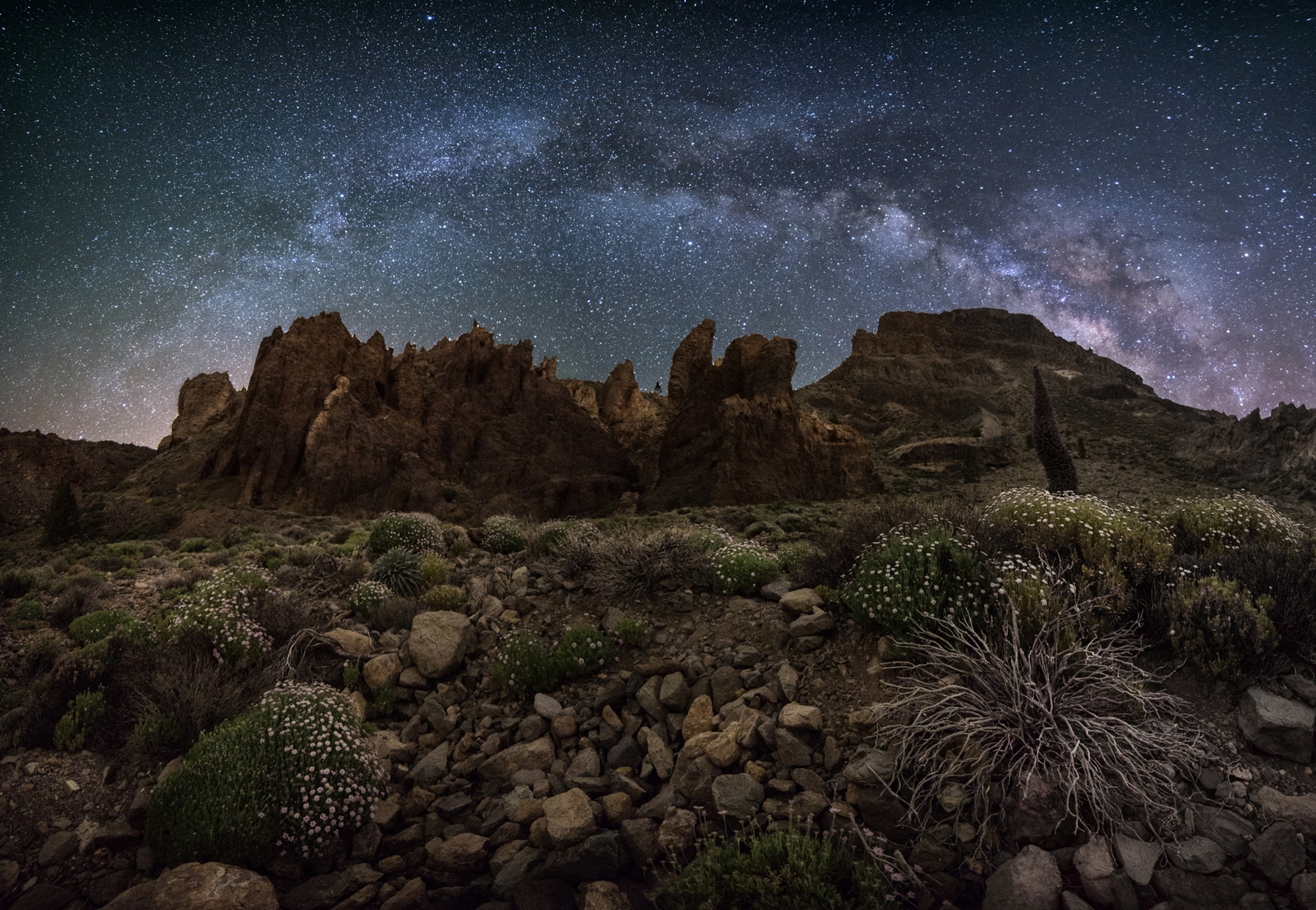
Stargazing offers an immense sense of awe, a cosmic perspective of sorts. And few better places on Earth present that view more clearly than Tenerife. As Spain’s most populous island, boasts a year-round summer climate and beaches that attract over 6 million visitors annually. The island’s beauty is no secret, but when the sun sets and the beach crowds thin, another group emerges: amateur astronomers. Thanks to ideal atmospheric conditions, high visibility, and increased accessibility and conservation efforts, Tenerife has cemented itself as the country’s best location for stargazing.
Tenerife’s history of astronomy
The Guanches, Tenerife’s indigenous population, arrived approximately 2,000 years ago and inspired creation myths about f the galaxies. Dwelling in caves and grottos, many of their surviving structures reveal sophisticated astronomical knowledge, including markings for solstices and equinoxes.
For the Guanches, stars were more than sources of light—they were sacred guides. Constellations served navigation and timekeeping purposes as well as vehicles to carry mythological stories across generations, ensuring a longstanding connection to the stars.
Centuries later, following the Spanish conquest and the spread of European astronomy, Tenerife’s modern journey into the stars began in the early 1960s with the founding of the Instituto de Astrofísica de Canarias (IAC). Today, the IAC is a world-leading center for astrophysics research, operating two internationally acclaimed observatories and boasting Europe’s most advanced solar telescopes, where astronomers have made landmark discoveries, including the first detection of brown dwarfs and exoplanet transits.
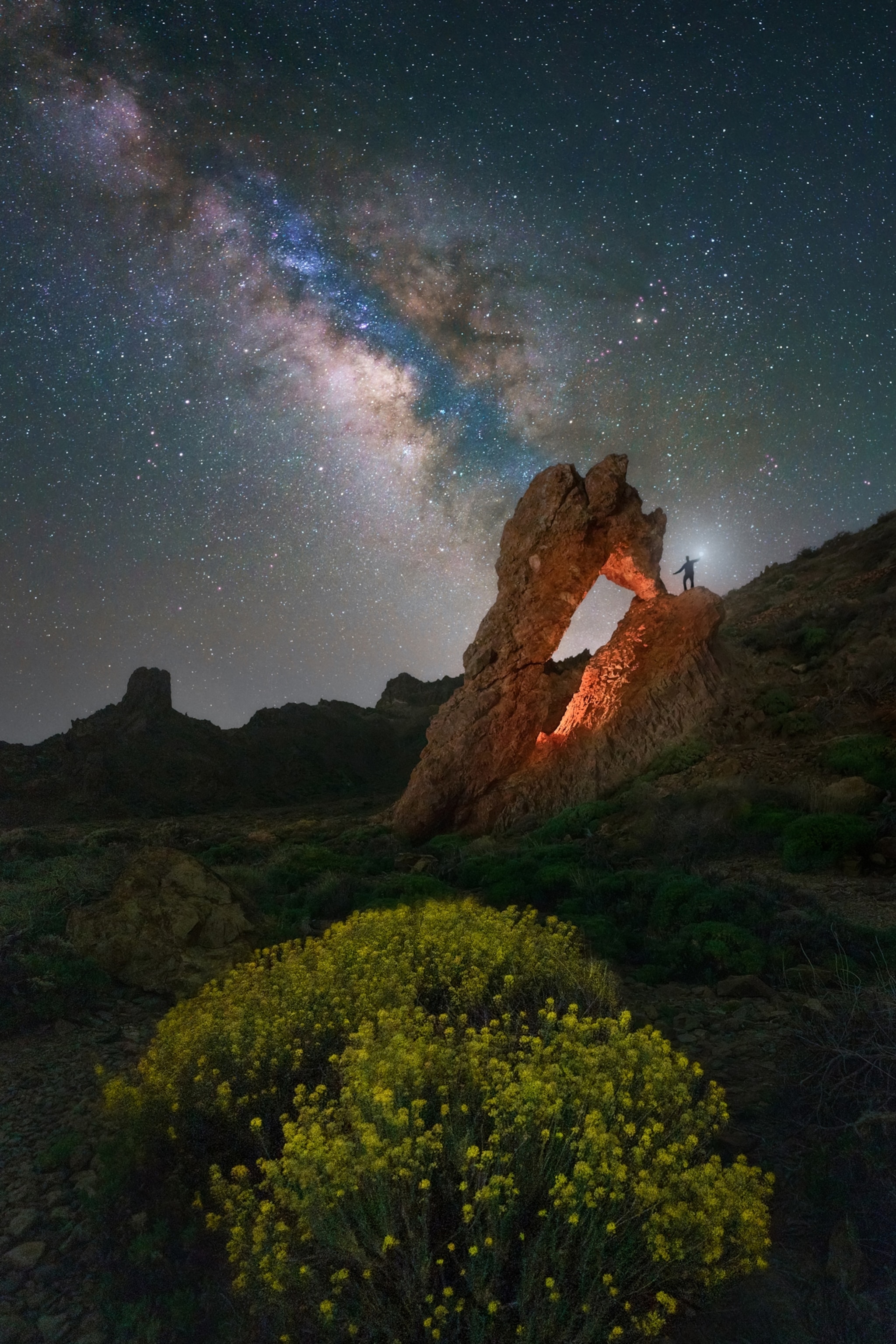
Best time to go stargazing in Tenerife
“When it comes to the ideal time to stargaze, the reality is that the sky in Tenerife offers excellent conditions year-round,” says Verónica Martín, head of the Communication and Scientific Culture Unit at the Instituto de Astrofísica de Canarias (IAC). “From June to September, the nights are usually warmer, making it the best time to appreciate the center of our galaxy, the Milky Way, in all its splendor.” For optimal darkness, experts suggest planning visits around the new moon (once a month), when natural light pollution is at its lowest.
However, Martín emphasizes that celestial events unfold across the calendar year, with meteor showers as the most spectacular. Chief among them is the Geminids, which peak each December with over 100 high-intensity, multicolored meteors per hour. Other notable showers include the Quadrantids in January, known for their bright fireballs, and the Perseids in August, famous for long, glowing meteor trails across the summer sky.
Ideal atmospheric conditions
“Teide National Park and the Teide Observatory are a privileged enclave,” says Martin. “Thanks to a unique combination of natural, geographical, and legal factors.”
Towering over the island, Mount Teide—Spain’s tallest peak—seems a fitting guardian of the island’s cosmic history and modern stargazing. Rising more than 12,198 feet (3,718 meters) above sea level, the national park and UNESCO World Heritage Site offers unobstructed views of the cosmos. Teide’s elevation, paired with its dry and consistent climate, low levels of light pollution, and geographic isolation in the Atlantic, creates near-perfect conditions for observing the night sky.
Among the legal protections, Martín refers to the pioneering Canarian Sky Law passed in 1988. “It guarantees the quality of our sky and the defense of the IAC,” she explains. The law prioritizes four key factors essential for high-quality astronomical observation: light pollution, radio spectrum interference, air pollution, and flight paths.
This comprehensive legislation has become a global model, one of the first legal frameworks specifically designed to protect dark skies. In the decades since, it has inspired similar protections across Spain and around the world.
Best ways to experience stargazing in Tenerife
Accredited stargazing experiences, such as Night Skies Tenerife and Teide by Night, equally prioritize scientific insight alongside local culture, natural landscapes, and the sheer wonder of the cosmos. “Guests are guided through the night sky using laser pointers and professional telescopes, which offer close-up views of planets, star clusters, nebulae, and the moon,” says Leon Belhomme, founder and CEO of Elegant Excursions, the operator of Teide by Night. “We work with local suppliers to support sustainable development in the region and aim to raise awareness about light pollution and its impact on ecosystems and astronomy.”
For those less inclined to stay up late, the IAC also offers daytime tours of the Teide Observatory, led by trained professionals in partnership with the Volcano Teide organization. And for a unique convergence of science and music, Tenerife annually hosts Starmus—an astrology festival that brings together Nobel laureates, space race heroes, and world-class musicians. Open to the public, the event is a celebration of exploration in all its forms, transforming the island into a glorious amphitheater to watch the cosmic show above.
An emphasis on conservation and sustainability
As our understanding of the cosmos advances, so too does the need for conservation, with Fundación Starlight leading the way. A Tenerife-based nonprofit founded by the IAC, its mission is to protect and defend the sky, focusing on public education, sustainable tourism, and conservation through astronomy.
Most notably, their outreach has centered on Teide National Park, widely regarded as the best stargazing location on the island. Fundación Starlight designated the park as one of the world’s few Starlight Reserves—a title granted to places with exceptional sky quality and robust environmental protections. Additionally, through its Starlight Certification system, Fundación Starlight has developed a framework for what it calls “a new modality of sustainable tourism,” one that ensures astrotourism experiences are delivered responsibly and scientifically.
For instance, guides at Teide by Night, one of Tenerife’s most popular stargazing excursions, are Starlight-certified—a designation that signals quality and a commitment to conservation, and a key marker that travelers should look for when seeking astrotourism experiences.

